CNC Tools News
-
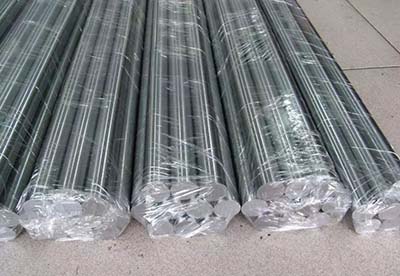
24 kinds of metal materials and their characteristics commonly used in machinery and mold processing! For machining tools, please refer to the following
1. 45——High-quality carbon structural steel, which is the most commonly used medium carbon quenched and tempered steel Main features: The most commonly used medium-carbon quenched and tempered steel has good comprehensive mechanical properties, low hardenability, and is prone to cracks during wat...Read more -
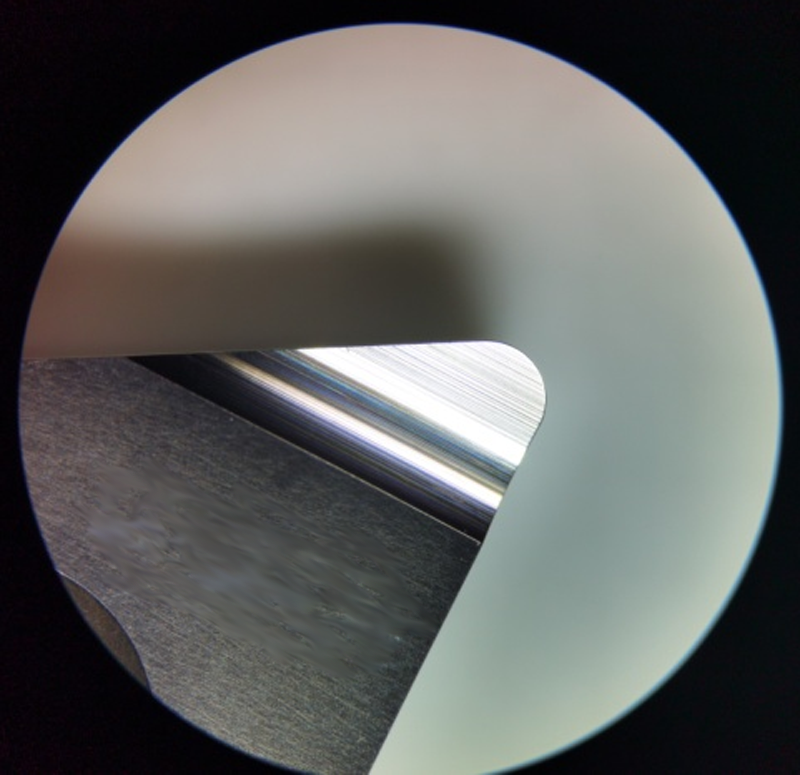
Recognition of cermet blades 03-What is the sharp edge passivation-free product
There is a very important process in the production process of cermet blades, because it directly affects the life and use effect of the blade, it is the passivation of the blade edge. Passivation treatment usually refers to a process after the blade is finely ground, the purpose is to make the c...Read more -
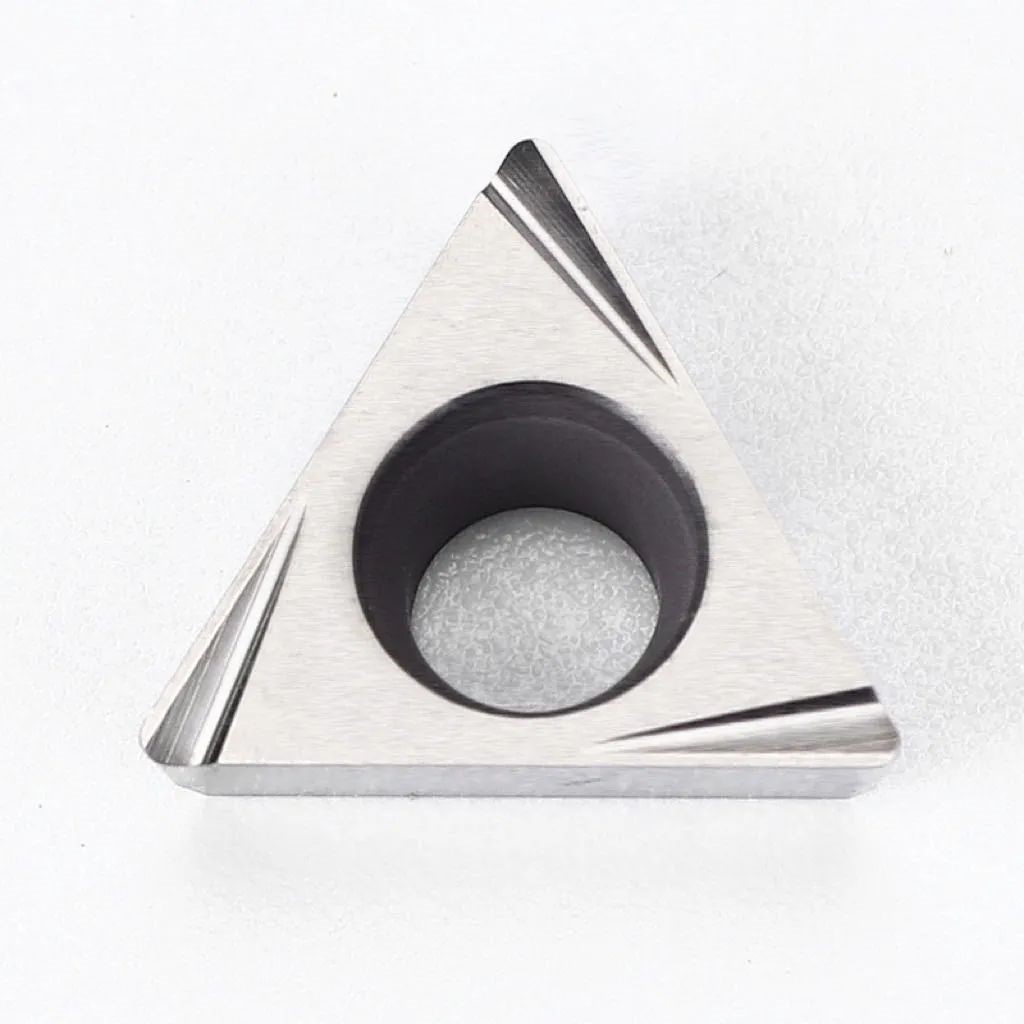
Recognition of cermet inserts 02-Dimensional accuracy
Cermet blades not only need to have high hardness and high toughness as the base material, but also strictly implement relevant quality standards in the subsequent production processes of double-end surface grinding, slot grinding and edge passivation, so as to produce qualified and high-quality ...Read more -
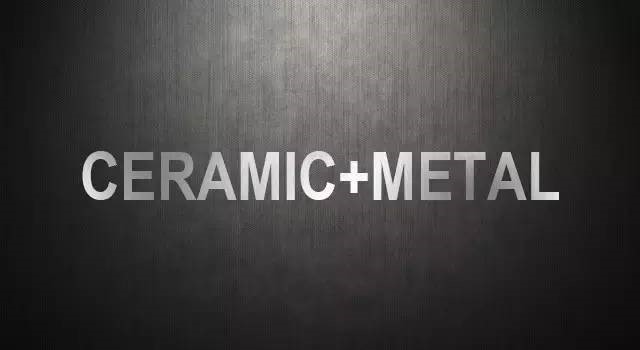
Recognition of cermet blades 01
In metal cutting, the cutting tool has always been called the teeth of industrial manufacturing, and the cutting performance of the cutting tool material is one of the key factors determining its production efficiency, production cost and processing quality. Therefore, the correct selection of cu...Read more -
Tungsten Carbide Thread Milling Cutter for Difficult-to-machine Materials
First, the advantages of thread milling cutter: 1) The thread milling cutter realizes high-precision and high-quality threaded hole processing. When using taps for thread cutting, the accuracy of the bottom hole often occurs, resulting in reduced thread accura...Read more -
Nine Common Phenomena and Treatment Methods of Cnc Tool Wear
CNC tool wear is one of the basic problems in cutting. Understanding the forms and causes of tool wear can help us prolong tool life and avoid machining abnormalities in CNC machining. 1) Different Mechanisms of Tool Wear I...Read more -
What is CNC Machine
CNC machining is a manufacturing process in which pre-programmed computer software dictates the movement of factory tools and machinery. The process can be used to control a range of complex machinery, from grinders and lathes to mills and routers. With CNC machining, th...Read more -
What Are The Requirements For Stainless Steel Processing Tools
1. Select the geometric parameters of the tool When machining stainless steel, the geometry of the cutting part of the tool should generally be considered from the choice of rake angle and back angle. When selecting the rake angle, factors such as the flute pr...Read more -
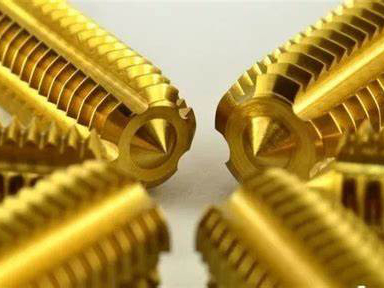
9 Reasons Why HSS Taps BREAK
1. The quality of the tap is not good: Main materials, tool design, heat treatment conditions, machining accuracy, coating quality, etc. For example, the size difference at the transition of the tap section is too large ...Read more -

5 Ways To Choose The Best Drill Type
Holemaking is a common procedure in any machine shop, but selecting the best type of cutting tool for each job is not always clear. Should a machine shop use solid or insert drills? It is best to have a drill that caters to the workpiece material, produces the specs requ...Read more -
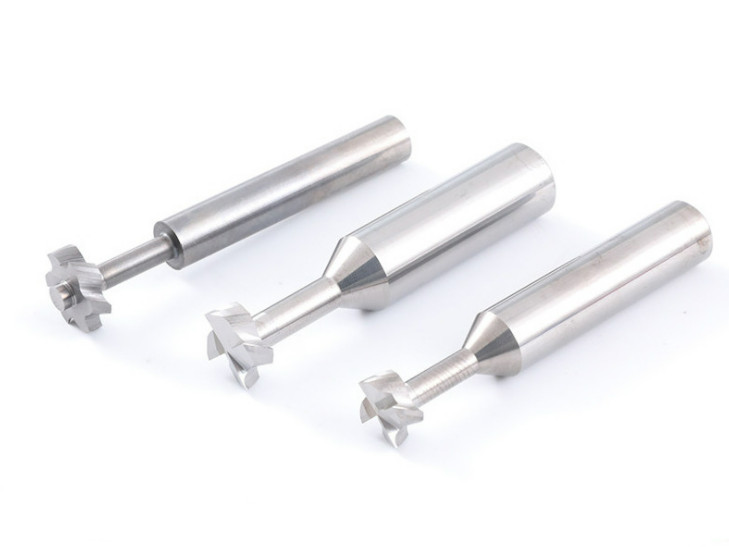
T-Slot End Mill
For high performance Chamfer Groove Milling Cutter with high feed rates and depths of cut. Also suitable for groove bottom machining in circular milling applications. Tangentially installed indexable inserts warrant optimum chip removal paired with high performance at al...Read more -
The Basic Four Principles of Determining the Clamping Force of CNC tools
CNC tool: When designing the clamping device, the determination of the clamping force includes three elements: the direction of the clamping force, the point of action and the magnitude of the clamping force. 1. The direction of the clamping force of the CNC tool The dir...Read more



